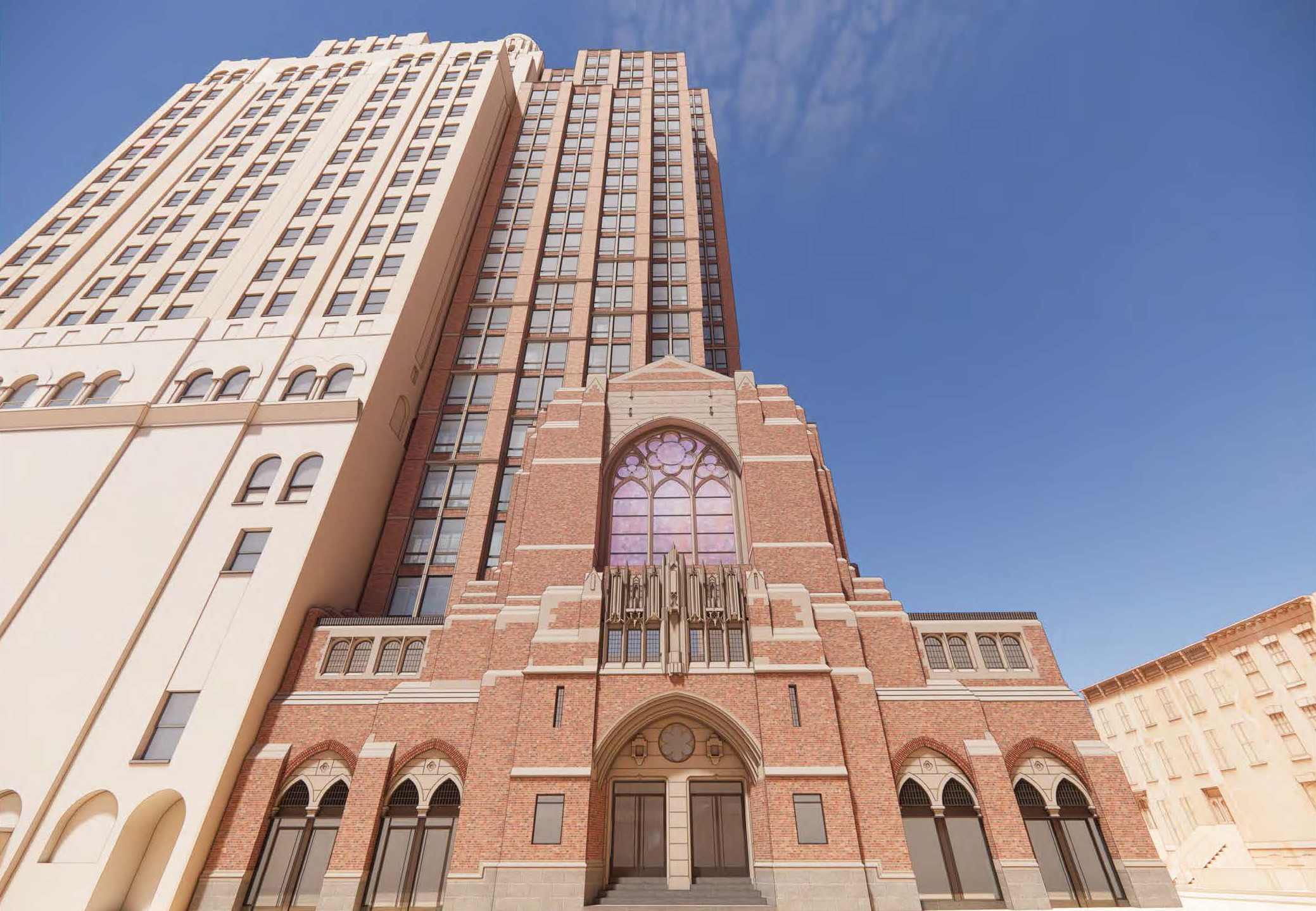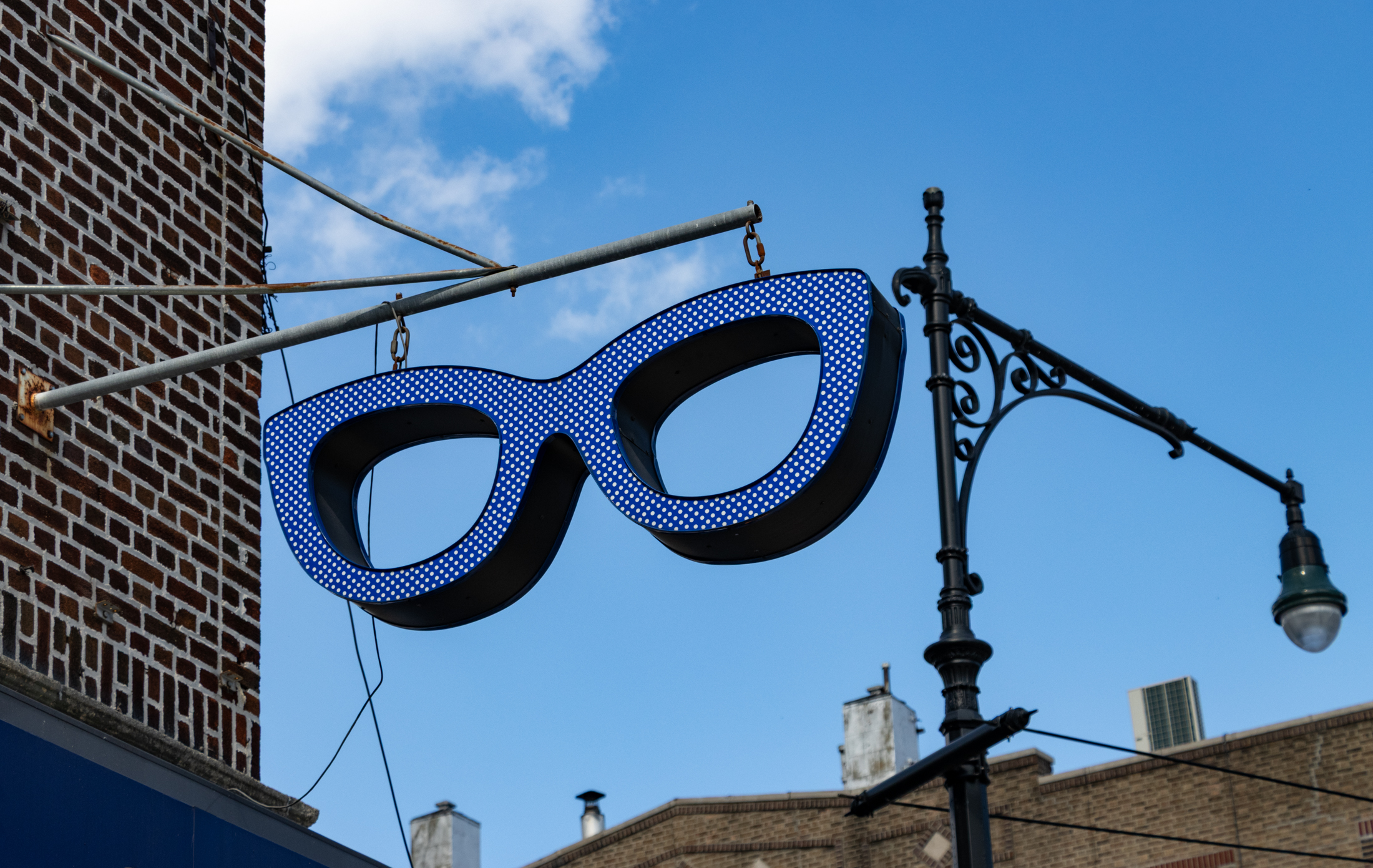Brooklyn Prices Drop It Like It's Not Hot
OK, we’re gonna try this post again…The average sales price of nearly every type of property in Brooklyn has dropped over the past three months, some in the double digits, according to The Corcoran Group’s most recent report, which tracks deals made by the firm; overall, both average and median prices fell 2% year-over-year. “There’s…


OK, we’re gonna try this post again...The average sales price of nearly every type of property in Brooklyn has dropped over the past three months, some in the double digits, according to The Corcoran Group’s most recent report, which tracks deals made by the firm; overall, both average and median prices fell 2% year-over-year. “There’s been a definite pullback in the marketplace,” said Brooklyn Regional VP Frank Percesepe. Single-family townhouses fared the worst, dropping between the first quarter last year and the first quarter of this year from an average sales price of $1,798,000 to $1,390,000, a 23 percent decrease. (By comparison, multifamilies fell 10%.) The average price of a two-bedroom fell 3 percent, from $611,000 to $591,000. The one bright spot? Studios rose from an average price of $272,000 to $350,00. On the larger end of the market, three-bedroom co-ops fared much better than their condo brethren, rising 12% versus a decline of 5%. Percesepe said sales closed during the first quarter reflect economic difficulties that started to set in last November, and the Bear Stearns collapse could affect next quarter. But he said attendance at open houses was up last week, only the buyers are different than during Brooklyn’s peak boom era. “There’s fewer investors, more people buying for their own homes.”





It doesn’t seem like single or multi-family homes in Park Slope have dropped significantly in price this spring market. Just curious how long you all think it will take for prices to come down 10% if not 23% as suggested by article? Neighbors bid 2.7 on a 3 mill dollar house in Park Slope and had offer rejected. Seemed like a reasonable bid to me, but seller obviously did not agree. Are buyers and sellers at a stand-off? How long can that continue?
BOB – they are comparing first quarter sales this year and last year.
10:28…then the Brooklyn coop/condo market is a completely different animal from manhattan, where I lived since 1994. Over there its pretty clear cut…the board approval process and the inability to sublet typically always made for a lower price vs. a comparable condo unit.
Recently, over the past 4 years or so, with the construction of A LOT MORE CONDOS, the condos are better layout, more modern amenities, more well though out closet space, etc, etc and OLDER condos are feeling that competition. I think that maybe the much smaller supply here in Brooklyn of both coops and condos, COMPARED TO THAT IN MANHATTAN, makes the market far less homogeneous.
Similarly, with the huge relative supply of brownstones and other 2-3 family units, the market is more easily compared for these type structures than it is in Manhattan where these type dwellings are not as common with the exception of Upper West Side Harlem
10:25 – here’s a brownstone listing for less:
http://www.brownstonelistings.com/public/listingSingle.do?listing.listingID=724612
It is across the street from me on a lovely block (1st st btw hoyt and bond – two blocks fromm subway, two blocks from carroll park, dead end street so quiet and great for kids to play on). obviously needs work aesthetically, but think all mechanicals are updated since it was recently renovated. I’ve been telling friends they should offer $950,000 – then maybe they can get it for $999,000 and not pay mansion tax. It’s listed with an obscure agent, so no one comes across it and I think there has been very little action on it. And I can’t get any friends of mine to jump on it…
I’m quite happy to see the news about studios. It’s actually quite amazing to me how much they have been appreciating. Not surprising, however.
You could buy a studio in prime Park Slope in 2000 for 70K or so. The same thing goes for 325-350K now.
Aren’t Jan., Feb., and March usually slow sales months with low inventory? If that’s the case now, isn’t the data used for these figures somewhat suspect?
John,
Not trying to hide anything. It would have been one giant strike-through. Here’s the original for your reading pleasure:
The average sales price of nearly every type of property in Brooklyn has dropped over the past three months, some in the double digits, according to The Corcoran Group’s most recent report, which tracks deals made by the firm. In some categories, that could mean only a handful of sales located disproportionately in certain neighborhoods. So while the figures aren’t Bible, Brooklyn Regional VP Frank Percesepe said, “There’s been a definite pullback in the marketplace.” Single-family townhouses fared the worst, steadily dropping between the first quarter last year, at $1,798 per square foot (psf), and the close of this past quarter, to $1,390 psf, a 23 percent decrease. Two-bedrooms also saw a steady decrease of 3 percent, to $591 psf. Average sales price per square foot in most categories increased between early last year and January, then suddenly plummeted — multi-family townhouses the worst, a 25 percent drop, to $1,445 psf. On the other hand, Condo and Co-op studios, and three-bedrooms, all saw an increase in value — co-op studios 17 percent to $310 psf, condo studios 29 percent to $549 psf, and three-bedroom condos 12 percent to $1,010 psf. Percesepe said sales closed during the first quarter reflect economic difficulties that started to set in last November, and the Bear Stearns collapse could affect next quarter. But he said attendance at open houses was up last week, only the buyers are different than during Brooklyn’s peak boom era. “There’s fewer investors, more people buying for their own homes.”
I believe the market in New York is not as healthy as perhaps 2002-2006, but still healthier than it was pre-2001.
A 10% drop (if that really is the case) is great in my opinion. I’ve heard people who never seemed to consider buying a house start talking about it now. The precise kinds of creative people who made a lot of these neighborhoods interesting in the first place.
As long as things don’t spiral too far (which I don’t think they will) this levelling off could be a real boost of energy and fresh blood into many of these already terrific Brooklyn neighborhoods. The one thing that IS different now than pre 2000 is that Brooklyn has, in many ways become the center for culture…art, music and the avant garde in this city.
The economy seems to be stabilizing just a little bit, so it’s very possible that before things get too bad here, we’ll be on our way to a moderate recovery. Building has slowed tremendously, so any jolt to the market could bring inventory levels down to even more historic lows pretty quickly.
As noted in previous comments, this evidence is little more than anecdotal. A major problem in Corcoran’s analysis is that it is vulnerable to composition effects: a change in the mix of homes sold (e.g., by quality, or neighborhood) can drastically affect the results. One or a few blockbuster sales of Brooklyn Heights mansions, for instance, can result in an unusual rise in “home prices,” or offset an otherwise much larger decline. The same can happen if a slowing housing market manifests itself by a disproportionate decline in sales in less expensive neighborhoods.
Nationwide, the OFHEO and S&P/Case-Shiller indices try to correct for composition bias by looking at “repeat sales,” i.e., re-sales of the same units. That said, anecdotal evidence has ‘some’ value, and this report shows that any claim that the New York (or Brooklyn) housing market is alive and well is likely to be greatly exhaggerated.